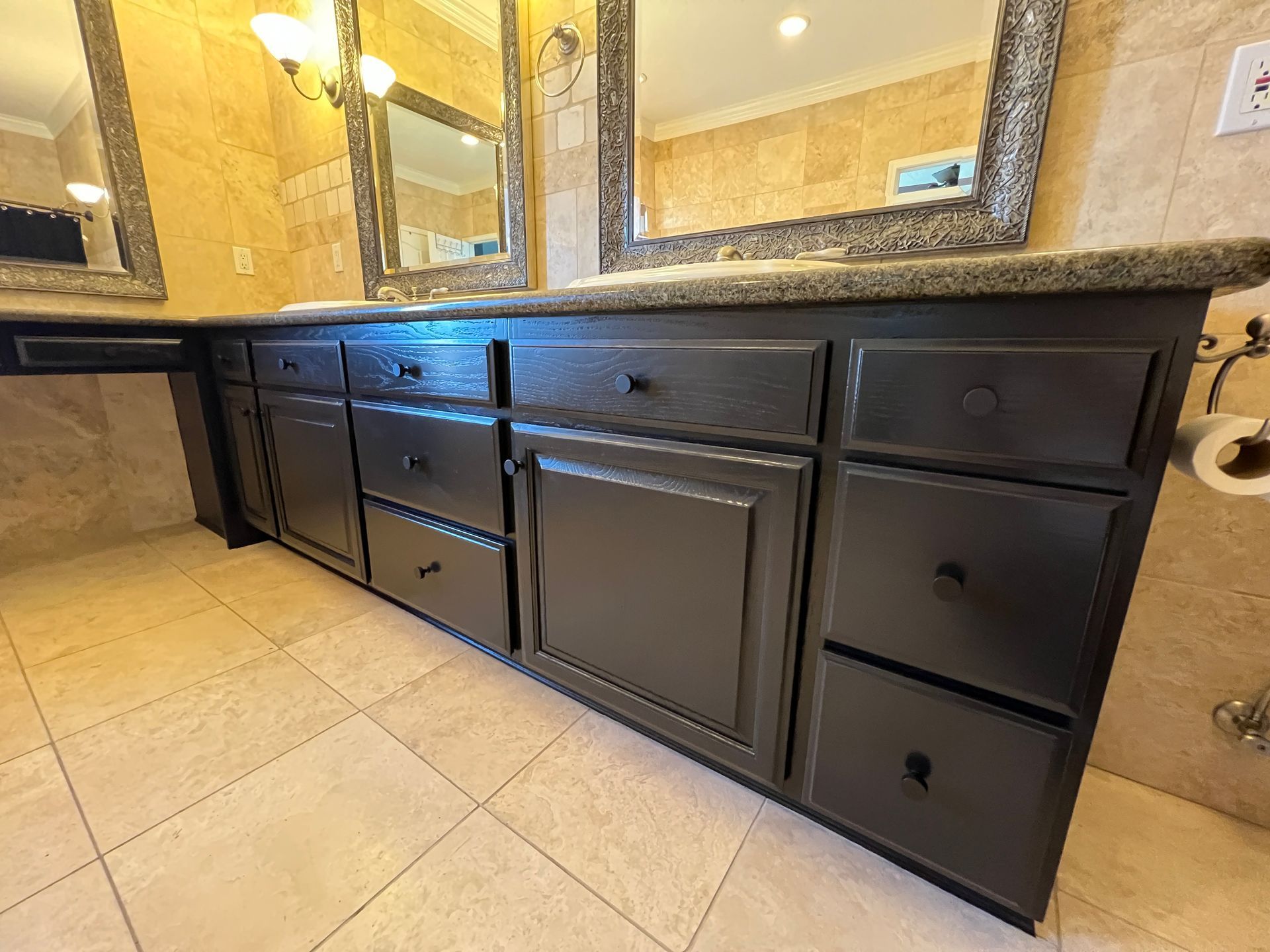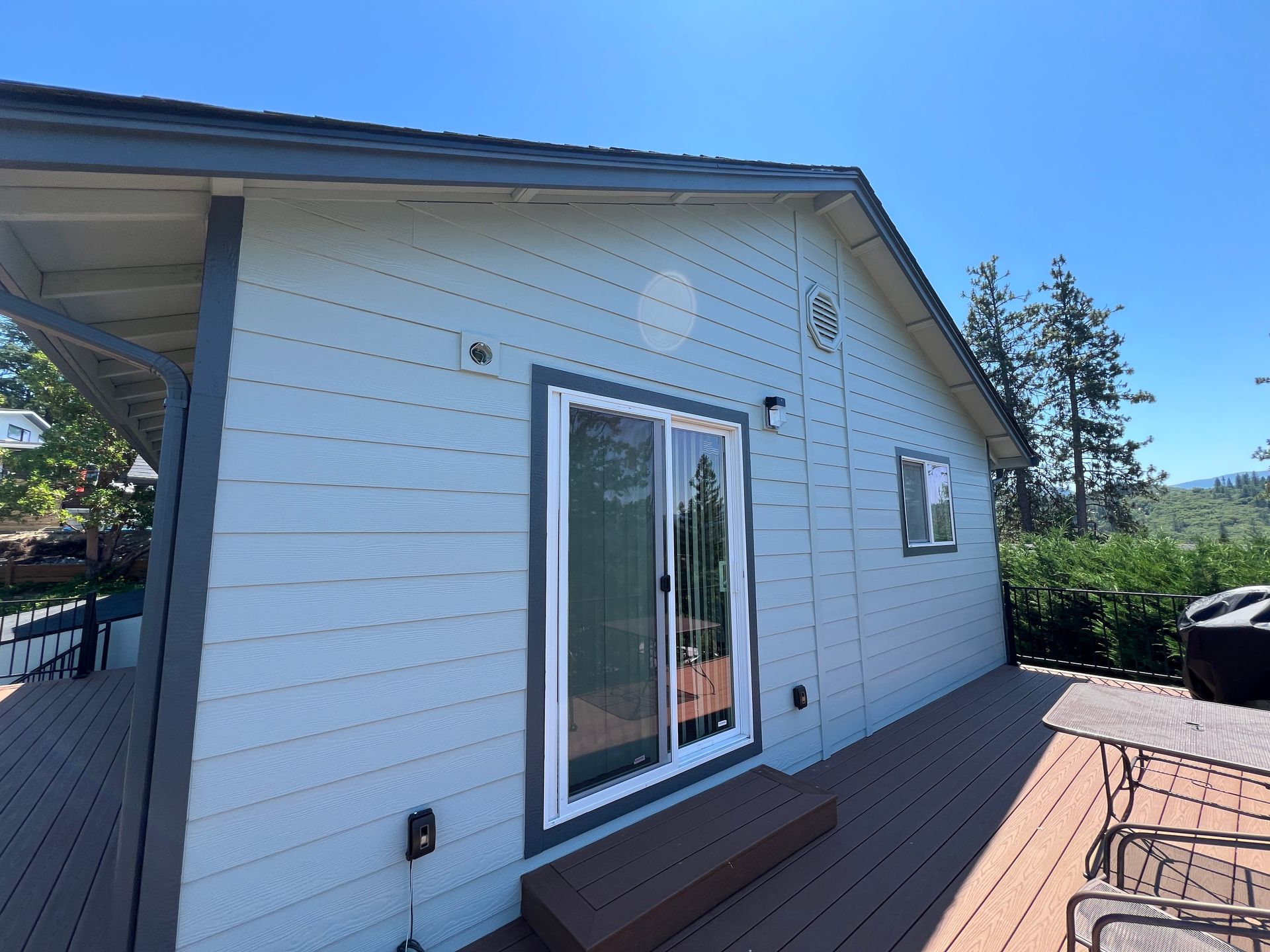How Often Should You Repaint Your Home's Interior? Your Guide to a Fresh Look
By Austin Getz • November 18, 2025
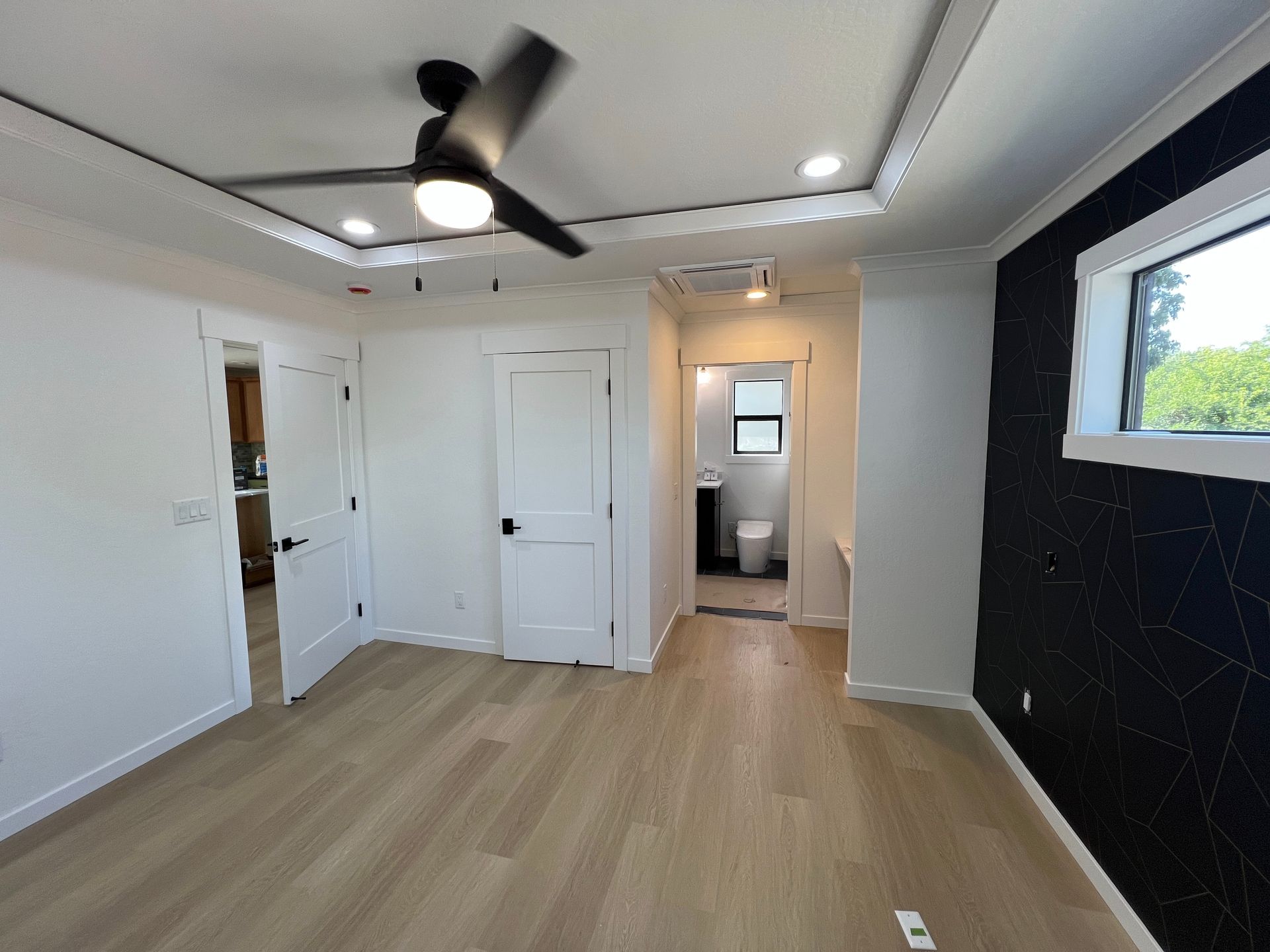
You've stared at those walls long enough. Maybe the color feels a little tired, or perhaps you're noticing some scuffs that cleaning just can't conquer. You're wondering, "Is it time to repaint? And if so, how often should I be doing this?" It's a question many homeowners ponder, and you're in the right place to get some clear, actionable answers.
Repainting your home's interior isn't just a chore; it's an investment in your comfort, your home's aesthetic, and even its long-term value. Let's peel back the layers and discover the optimal rhythm for refreshing your living space.
Why Interior Paint Isn't Just About Aesthetics
Think of your home's interior paint like the skin of your living space. It's the first line of defense against daily wear and tear, but it also plays a crucial role in the overall health and feel of your environment. Beyond simply looking good, paint protects your walls from moisture, dust, and minor impacts. A fresh coat can brighten a room, make it feel larger, and even influence your mood.
Have you ever walked into a freshly painted room? There's a subtle but undeniable sense of renewal, cleanliness, and vibrancy. It's more than just a color change; it's a reset for the atmosphere of your home, impacting everything from how light bounces around to how you feel unwinding after a long day. Neglecting your interior paint is like neglecting your home's emotional and physical well-being.
So, How Often Should You Repaint? The Short Answer
If you're looking for a quick number to anchor your expectations, here it is: most experts recommend repainting your home's interior every 3 to 7 years.
The "Average" Recommendation: A Starting Point
This 3-7 year window is a good rule of thumb, but it’s just that—a starting point. It's based on a general understanding of how paint performs under typical conditions. However, your home isn't "typical" in every way, and neither is your life. The real answer depends on a multitude of factors, some of which you might not have even considered. This average provides a baseline, but we’re about to dive into the nuances that will help you pinpoint the perfect repainting schedule for your specific home and lifestyle.
Factors That Influence Your Interior Paint's Lifespan
Just like a car's lifespan depends on how it's driven and maintained, your interior paint's longevity is a complex equation. Understanding these variables is key to knowing when to pick up that brush.
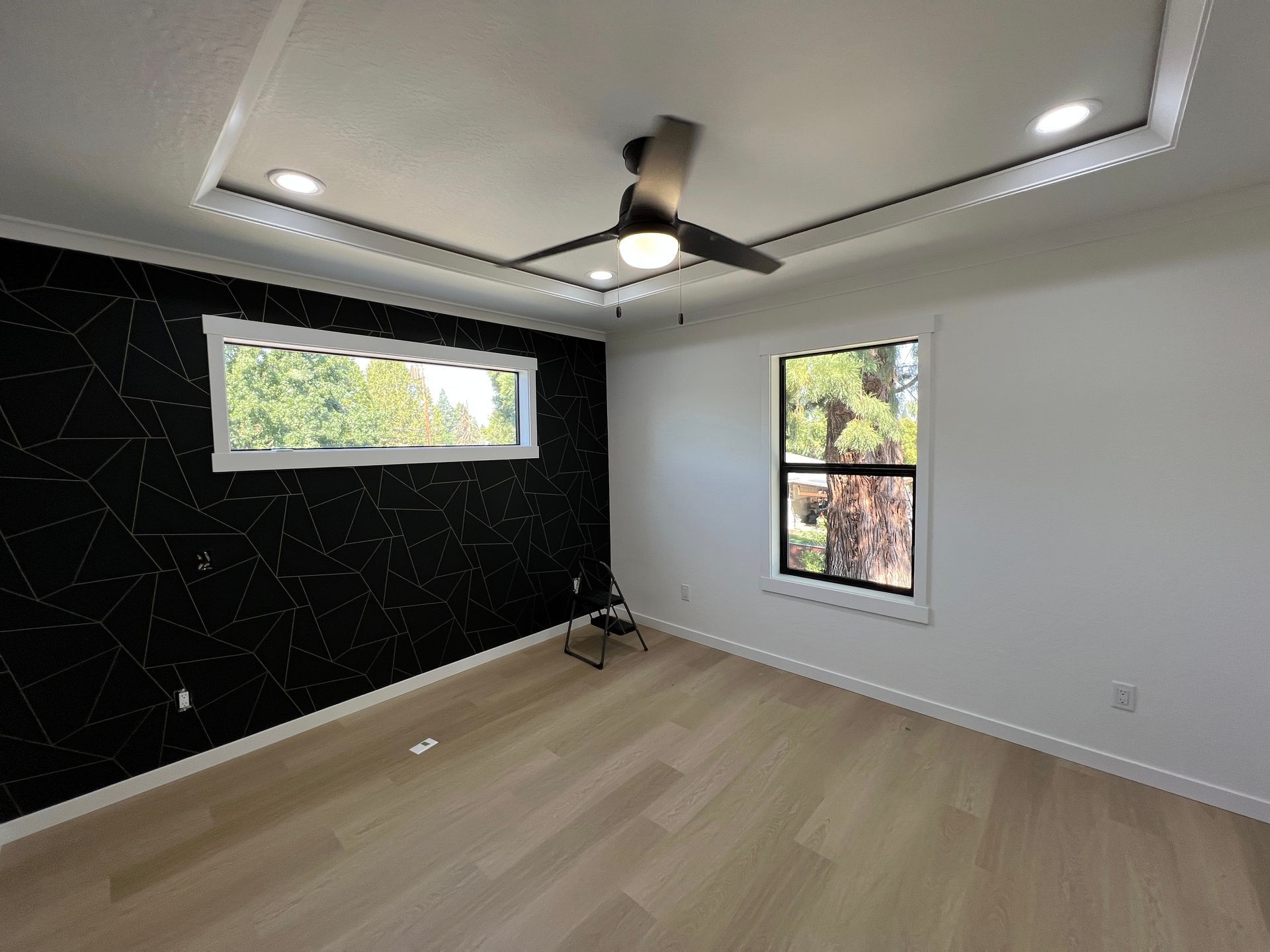
1. Foot Traffic: The Wear and Tear Factor
This is perhaps the most intuitive factor. Imagine a bustling airport hallway versus a quiet library corner. The more people (or pets!) passing through, the more likely walls are to experience brushes, scuffs, and impacts. High-traffic areas like entryways, hallways, and living rooms naturally endure more abuse than, say, a seldom-used guest bedroom. These areas will inevitably show signs of wear much faster.
2. Your Lifestyle: Kids, Pets, and Parties
Do you have a house full of energetic toddlers who see walls as giant canvases? Or playful pups whose tails are constantly wagging against the baseboards? What about frequent gatherings where guests might lean against walls or accidentally spill a drink? A home with a vibrant, active lifestyle will experience accelerated wear and tear on its painted surfaces compared to a quiet, adult-only household. Your lifestyle essentially acts as an accelerator (or decelerator) for paint degradation.
3. Room Function: From Kitchens to Closets
Each room in your home serves a different purpose, and that purpose dictates its repainting frequency. A steamy bathroom or a grease-splashed kitchen wall faces vastly different challenges than a bedroom closet. High-moisture areas are prone to mildew and paint bubbling, while kitchens accumulate grime and require more frequent cleaning, which wears down the paint film. Even the most durable paint can't defy physics in these environments forever.
4. Paint Quality: You Get What You Pay For
This is a critical, often underestimated factor. There's a significant difference between builder-grade paint and premium, high-quality paint. Higher-quality paints contain more solids (pigments and binders) and fewer fillers. This translates to better coverage, superior durability, greater resistance to scuffs and fading, and a finish that can withstand more frequent cleaning without deteriorating. Think of it like a cheap suit versus a bespoke one – both cover you, but one will look better and last far longer. Investing in better paint upfront can genuinely extend the time between repaints.
5. Wall Preparation: The Unsung Hero of Longevity
Even the most expensive paint will fail prematurely if applied to an improperly prepared surface. Imagine trying to glue a poster onto a dusty, greasy wall – it simply won't stick well. Similarly, if your walls aren't clean, dry, smooth, and properly primed, the paint won't adhere effectively. This leads to premature peeling, cracking, and an overall shorter lifespan for your paint job. Proper prep creates a strong foundation, allowing the paint to bond and perform as intended. It’s the essential, invisible work that ensures lasting beauty.
6. Sunlight Exposure: Fading's Silent Culprit
Have you ever noticed how furniture or rugs near a sunny window fade over time? The same happens to your paint. UV rays from direct sunlight break down the pigments and binders in paint, causing colors to dull, lighten, or even yellow over time. Rooms with large, south-facing windows or those that receive prolonged direct sunlight will experience fading much faster than rooms with minimal natural light. This is a subtle, gradual change, but it significantly impacts the vibrancy of your walls.
The Telltale Signs It's Time for a Refresh
Beyond the calendar, your walls will literally tell you when they need attention. Learning to read these signs is crucial.
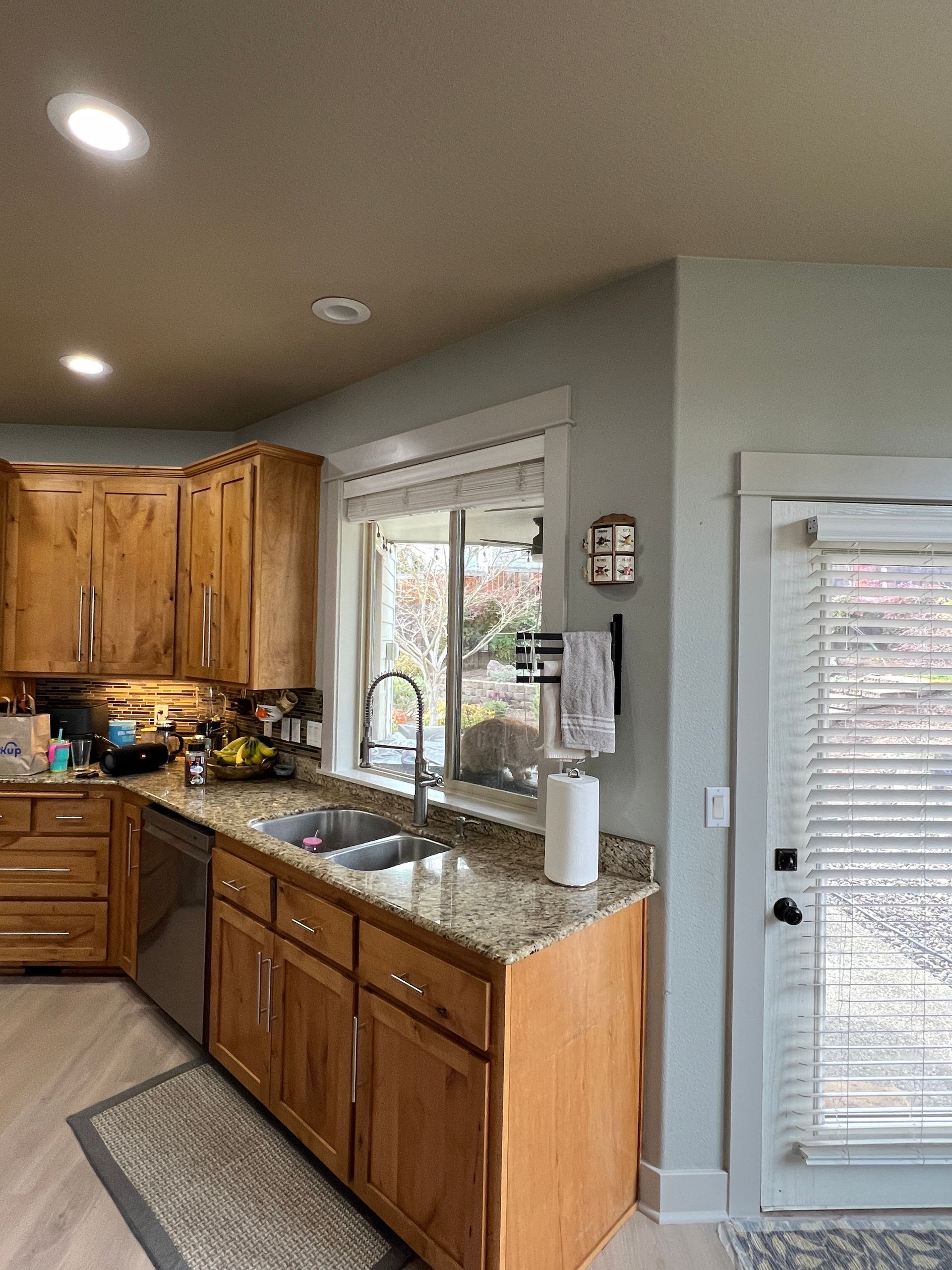
Fading and Discoloration: The Subtle Shifts
This is often the most insidious sign because it happens so gradually. You might not notice it day-to-day, but compare a patch behind a picture frame (which has been protected from light and wear) to the exposed wall, and the difference can be stark. Colors that once popped might now look dull, washed out, or even take on an unintended tint. Whites can yellow, and vibrant hues can mute. If your room feels less lively than it used to, fading might be the culprit.
Chips, Cracks, and Peeling: When Damage is Visible
These are the obvious red flags. Chips often occur from impact, revealing the old paint or drywall underneath. Cracks can be a sign of house settling or improper wall preparation, indicating the paint isn't adhering well. Peeling paint, where sections of the paint film lift away from the surface, is a clear signal of adhesion failure, often due to moisture issues or inadequate prep. These aren't just cosmetic; they compromise the protective barrier of your paint.
Scuffs, Stains, and Grime: The Uninvited Guests
Everyday life inevitably leaves its mark. Dirt, grease splatter in the kitchen, crayon masterpieces from a budding artist, or even just persistent scuff marks from shoes or furniture can accumulate. While some minor marks can be cleaned, persistent or deep stains, or an accumulation of scuffs that don't wipe away, indicate that the paint's protective finish has been compromised or simply worn down. When cleaning no longer restores the wall to an acceptable condition, it's time for a repaint.
Outdated Style: When Your Walls No Longer Spark Joy
Sometimes, there's nothing physically wrong with the paint, but the color itself just feels... wrong. Trends change, your personal taste evolves, or you might have inherited a color scheme from a previous owner that simply doesn't resonate with you. If walking into a room fills you with a sense of "blah" rather than "ahhh," it's a perfectly valid reason to repaint. Your home should be a reflection of you, and an outdated color can actively detract from your enjoyment of your space.
A Room-by-Room Guide to Repainting Frequency
Now that we understand the factors, let's break down typical repainting schedules by room function.
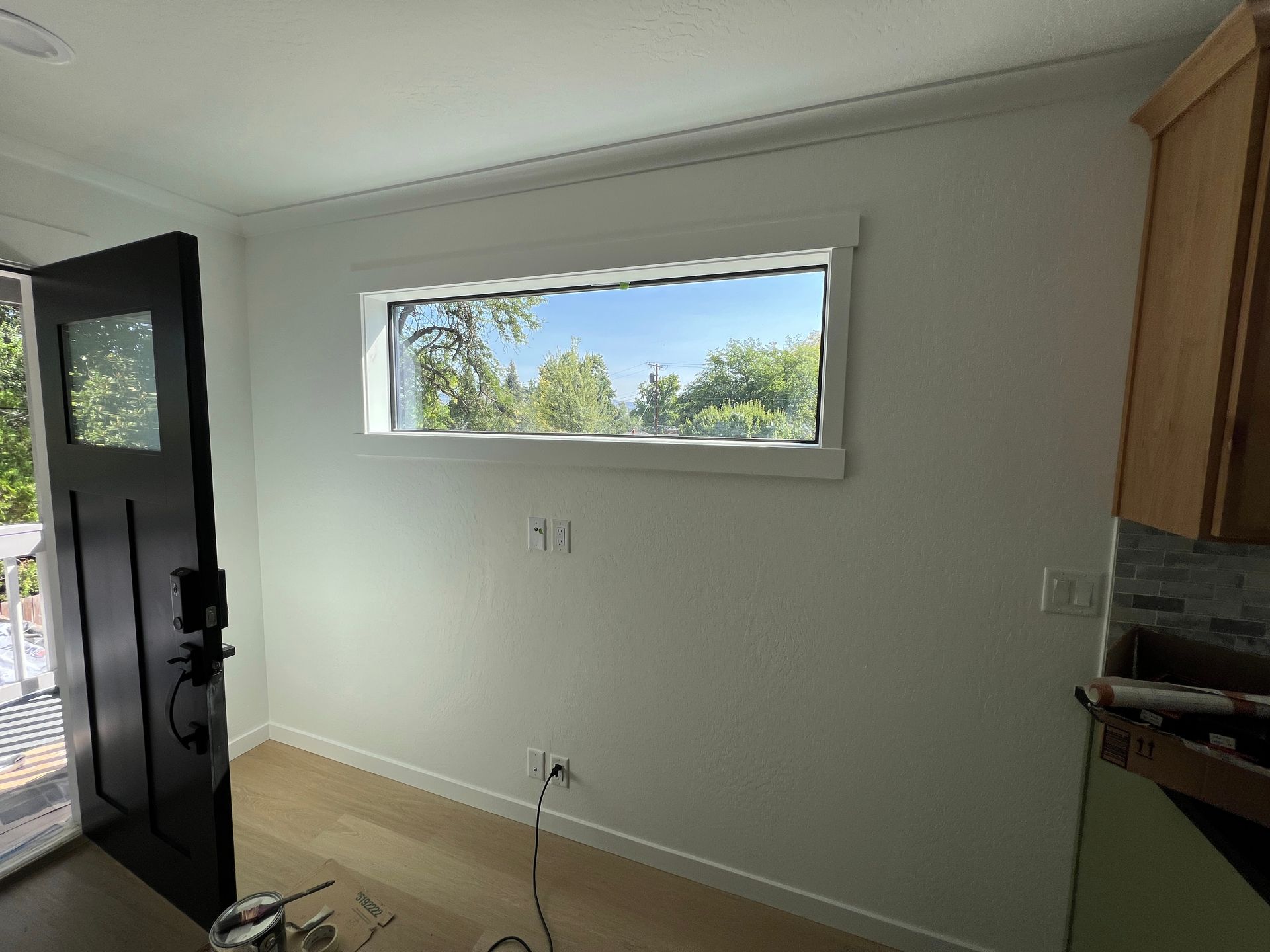
Living Rooms & Dining Rooms: The Social Hubs
These areas often see moderate to high traffic, especially if you entertain. They are also spaces where aesthetic appeal is paramount.
- Frequency: Every 5-7 years.
- Considerations: If you host frequently, have pets, or these rooms get a lot of direct sunlight, you might lean towards the shorter end of that spectrum.
Bedrooms: Your Personal Sanctuaries
Bedrooms generally experience less wear and tear, acting as personal retreats.
- Frequency: Every 7-10 years, or even longer if it's a guest room.
- Considerations: Children's bedrooms, however, are an exception! Expect to repaint those every 2-3 years due to creative expressions, sticker residue, and general wear from active play.
Kitchens & Bathrooms: The High-Moisture Zones
These are the toughest environments for paint due to moisture, heat, grease, and humidity.
- Frequency: Every 3-5 years.
- Considerations: Use high-quality, mold-resistant paint with a satin or semi-gloss finish to withstand frequent cleaning and resist moisture. Good ventilation is key to extending paint life here.
Hallways & Entryways: The Transit Corridors
These areas are the ultimate high-traffic zones, constantly brushed against by people, pets, and belongings.
- Frequency: Every 2-4 years.
- Considerations: Opt for durable, washable paints with a higher sheen (satin or semi-gloss) to withstand constant scuffs and cleaning.
Home Offices & Guest Rooms: The Less-Trafficked Spaces
These rooms typically see minimal activity and therefore experience very little wear.
- Frequency: Every 7-10+ years.
- Considerations: You might repaint these rooms due to a desire for a new look rather than necessity from wear and tear.
Maximizing Your Paint Job's Longevity: Pro Tips
You've just put in the effort (or investment) of a fresh paint job. Here's how to ensure it lasts as long as possible.
Invest in Quality Paint and Primer
This cannot be stressed enough. Premium paints offer better adhesion, durability, scrubbability, and color retention. A good primer creates a stable base, blocking stains and ensuring even color application. Think of it as buying good tires for your car – it's an investment that pays off in performance and longevity.
Proper Wall Prep is Non-Negotiable
Before the first drop of paint touches the wall, ensure it's clean, dry, dull (lightly sanded for adhesion), and smooth. Fill any holes or cracks. This foundational work prevents premature peeling and cracking, allowing the paint to truly bond and perform. Skipping prep is like building a house on sand.
Choose the Right Sheen for Each Room
Paint sheen isn't just about aesthetics; it's about durability and washability. Flat or matte finishes hide imperfections well but are less durable and harder to clean. Eggshell and satin finishes offer a good balance of durability and subtle sheen, suitable for most living areas. Semi-gloss and gloss are the most durable and washable, ideal for high-traffic areas, kitchens, bathrooms, and trim. Matching the sheen to the room's function significantly impacts its longevity.
Regular Cleaning and Maintenance
Don't wait for grime to build up. Dust your walls occasionally, and promptly clean any scuffs or spills with a soft cloth and mild soap and water. Gentle, regular cleaning prevents stains from setting in and reduces the need for harsh scrubbing that can wear down the paint film. Think of it like dusting furniture – it keeps things looking fresh without major effort.
Consider Protective Finishes
For exceptionally high-traffic areas or walls prone to heavy wear (like a child's playroom), consider a clear protective topcoat over your paint. These can add an extra layer of durability and washability, acting as a sacrificial layer that takes the brunt of the abuse instead of your color coat.
DIY vs. Professional Painter: When to Call in the Experts
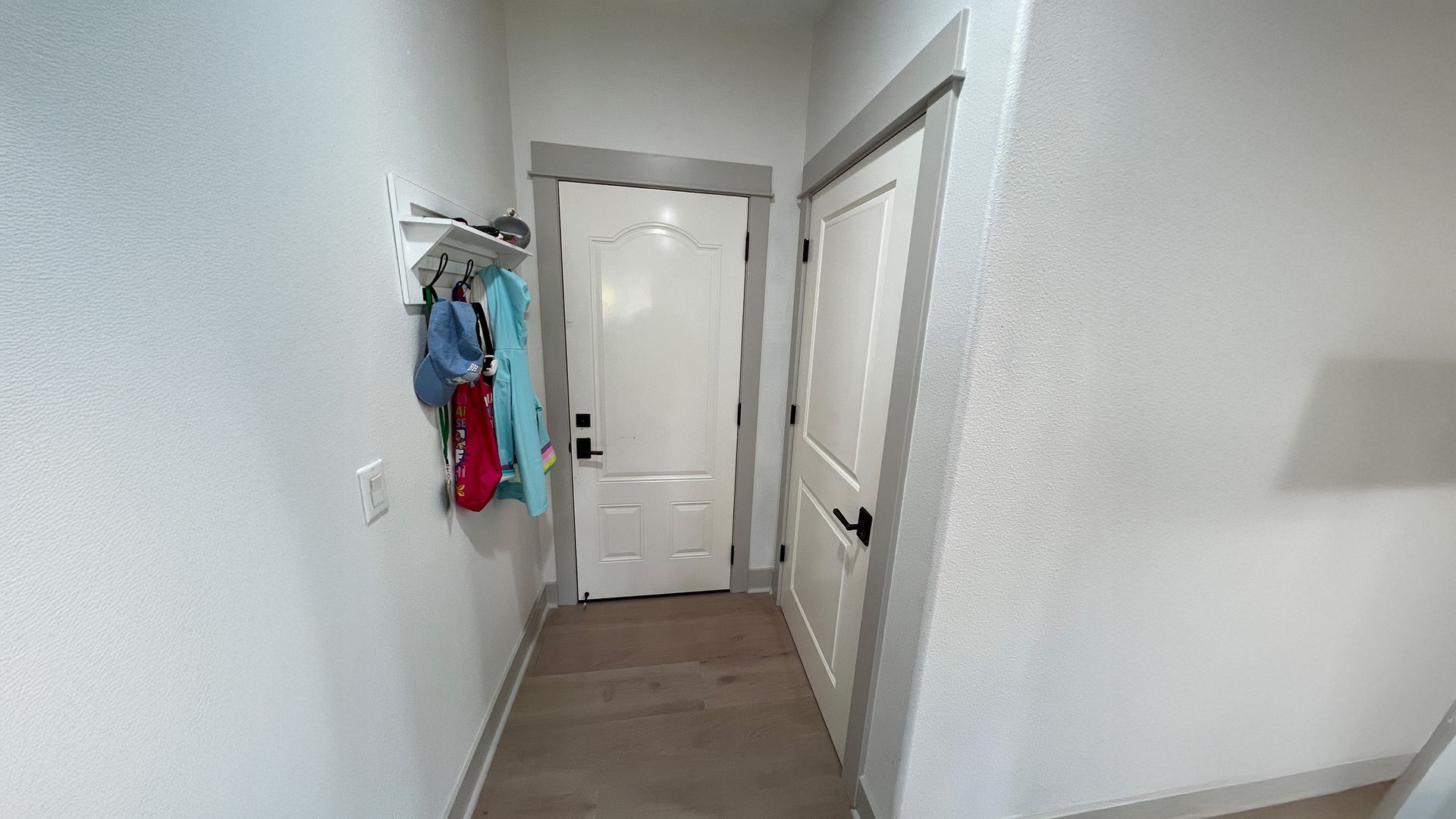
Deciding whether to DIY or hire a pro depends on your skill level, time commitment, and the scope of the project.
DIY is Great For:
- Single rooms or smaller areas.
- Straightforward walls with minimal prep.
- When you have the time, patience, and enjoy the process.
- As a cost-saving measure.
Hire a Professional When:
- You have high ceilings, intricate trim, or complex architectural features.
- You're painting multiple rooms or an entire home.
- Walls require extensive repairs (e.g., major drywall patching).
- You're short on time or physical ability.
- You want a guaranteed, flawless finish and don't mind the investment.
A professional's meticulous prep work and even application often lead to a longer-lasting, higher-quality finish, potentially extending the time until your next repaint.
The Long-Term Value of Regular Repainting
Regularly refreshing your home's interior paint isn't just about keeping up appearances; it's a strategic investment. It protects your walls, enhances indoor air quality (especially with low-VOC paints), and contributes significantly to your home's ambiance and your personal well-being. When it comes time to sell, a freshly painted home instantly feels cleaner, brighter, and more well-maintained, often leading to a quicker sale and a better asking price.
Think of it as routine maintenance for your largest asset. By understanding the factors that influence paint longevity and listening to the subtle cues your walls provide, you can maintain a beautiful, protected, and inviting home for years to come. So, take a good look around – what are your walls telling you?
FAQs for How Often Should You Repaint Your Home's Interior
How often should you repaint interior walls?
Most interior walls should be repainted every 3-7 years, depending on factors like foot traffic, lifestyle, and paint quality. High-traffic areas like hallways and entryways may need repainting every 2-4 years, while low-traffic spaces like guest bedrooms can go 7-10 years or longer. Kitchens and bathrooms typically require repainting every 3-5 years due to moisture and humidity exposure.
What are the signs that my interior walls need repainting?
Your walls are telling you it's time for a refresh when you notice fading or discoloration (especially when compared to protected areas behind furniture), visible chips or cracks in the paint, peeling sections where paint is lifting from the wall, persistent scuffs and stains that won't clean off, or simply an outdated color that no longer brings you joy. If your walls show any combination of these signs, it's time to consider a fresh coat.
Does high-quality paint really last longer than cheap paint?
Absolutely. Premium paints contain more pigments and binders with fewer fillers, which translates to better coverage, superior durability, enhanced resistance to scuffs and fading, and the ability to withstand frequent cleaning without deteriorating. While high-quality paint costs more upfront, it can extend the time between repaints by several years, ultimately saving you money and effort in the long run.
How can I make my interior paint job last longer?
Maximize your paint's lifespan by investing in quality paint and primer from the start, ensuring proper wall preparation (cleaning, filling holes, sanding), choosing the right sheen for each room's function (semi-gloss for high-traffic areas, eggshell for living spaces), performing regular gentle cleaning to prevent grime buildup, and considering protective topcoats in exceptionally high-wear areas like children's playrooms.
Get a Free Quote
Submit your project info to schedule your free in-person quote today.

